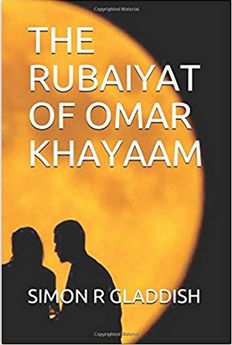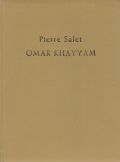The article discusses in detail the stages of formation and evolution of Khayyam studies in Russia and its important approaches. On the basis of real and concrete acts, it is proved that V. Jukovsky laid the foundations in the Russian-Khayyam oriental science by writing “Omar Khayyam and the “wandering”, rubaiyat”, raising the question of the method of selecting and highlighting the original Khayyam rubaiyat. Starting from the twenties of the last century, Khayyam studies gradually formed and developed, and the study of the issues of time, life and work of Khayyam was in the center of attention of Russian Howarists. His connection with the literary and cultural environment, his connection with politicians and writers has always been the subject of close attention of scientists. Features of the life time, literary environment and Khayyam’s connection with political figures, including Nizamulmulk, Hasan Sabbah and some poets and historians, with an analysis of the works of A.Bolotnikov, A.E. Krumsky, S.B. Morochnik, B.A. Rosenfeld, R.M. Aliev M.N. Usmonov and others. With a comparative analysis in the article, the contribution of such scientists as B.A. Rosenfeld and A.P. Yushkevich is especially appreciated in the knowledge and evaluation of Khayyam’s scientific activities, his role in the development of the science of philosophy and the revival of the Galilean calendar.


